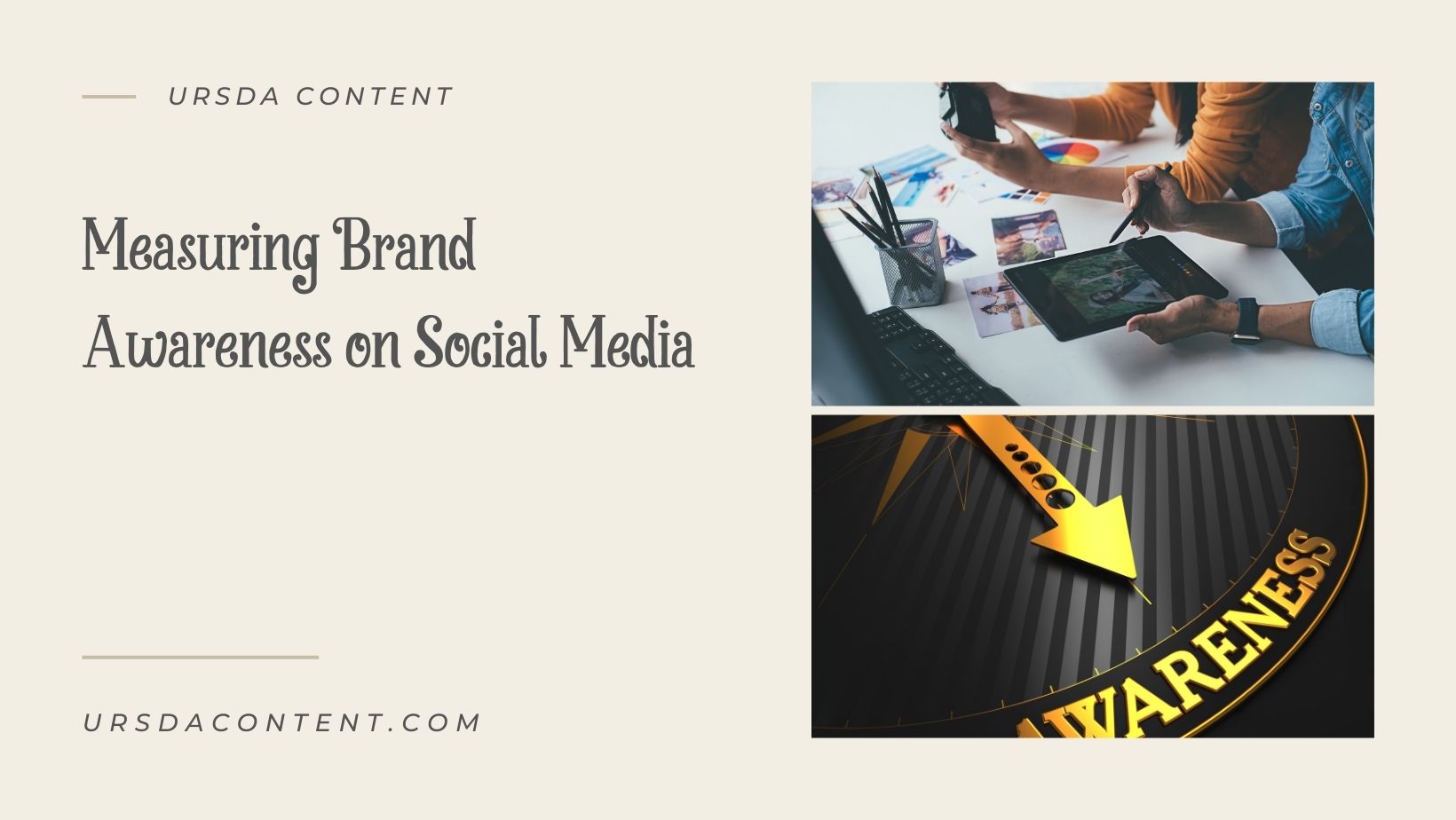
Measuring Brand Awareness on Social Media
In today's hyper-digital age, social media has become an essential platform to build a brand's online presence and engagement. Brand awareness – defined as the extent to which a brand is recognized and familiar to consumers – is a crucial component of a brand's success. Social media plays a significant role in establishing and measuring this awareness. However, tracking brand awareness on social media can be overwhelming, with myriad metrics and methods available.
In this comprehensive guide, we'll explore the various approaches to measuring brand awareness on social media, providing actionable insights into gauging the true value and impact of your social media presence.
I. Setting the Foundations: Defining Objectives and KPIs
Before embarking on the task of measuring brand awareness, it's crucial to establish clear objectives and KPIs (Key Performance Indicators) to guide your efforts. Your desired objectives will determine the appropriate metrics to track and their relative importance.
Some common objectives for social media campaigns are:
- Increase brand exposure or reach
- Drive traffic to your website
- Build brand engagement and loyalty
- Generate leads and conversions
Once you've determined your objectives, identifying the KPIs relevant to those objectives will help create a map for gauging your brand awareness success on social media.
II. Quantitative Metrics
When it comes to measuring brand awareness on social media, many quantitative metrics revolve around the reach, engagement, and sentiment of your content. Here are some key metrics to consider:
1. Reach Metrics
Reach reflects the total number of people who have seen your content, giving you an idea of how widespread your brand's message is in the social media landscape. Metrics surrounding reach include:
- Follower Count: The number of people who have chosen to follow your brand on a specific platform. A growing follower count is a strong indicator of increasing brand recognition and reach.
- Impressions: The number of times your content has been displayed, whether on a user's timeline or as a result of a social media search. This reflects how much exposure your content is receiving.
2. Engagement Metrics
Engagement encapsulates how users are interacting with your content, offering insights into how effectively it resonates with your audience. The more your audience interacts with your content, the more likely they'll remember and recognize your brand in the future. Metrics in this category include:
- Likes: The number of times users have digitally expressed approval of your content.
- Comments: The quantity and quality of customer interactions unfold in the comment sections of your social media posts.
- Shares/Retweets/Reposts: The number of times users have decided to share your content with their network, contributing to expanding your reach and brand awareness.
- Mentions: The number of times people are talking about or tagging your brand within their conversations – both positive and negative.
- Click-Through Rate (CTR): The percentage of users who have clicked on a link in your content and visited your website.
3. Sentiment Metrics
Sentiment involves the general feeling or emotion exhibited by users towards your brand. Metrics relevant to sentiment help gauge the overall perception of your brand among the audience.
- Positive vs. Negative Mentions: Analyzing the ratio between positive and negative mentions gives you an overview of your brand's overall social sentiment.
- Reviews and Ratings: Aggregating and analyzing reviews and ratings from various platforms offer valuable insights into the perception of your product or service.
III. Qualitative Approaches
Quantitative data offers measurable insights into your brand's awareness on social media, but it's essential not to overlook the value of qualitative data. Qualitative approaches can delve deeper into consumer sentiment, capturing detailed and nuanced perspectives on your brand.
1. Social Listening
Social listening involves monitoring and analyzing conversations and mentions related to your brand on social media. This offers detailed insights into how people perceive your brand and the issues they face. By identifying patterns in conversations, you can uncover valuable feedback on product/service improvement and develop strategies to address concerns.
2. Surveys and Polls
Conducting surveys and polls enables you to directly engage with your audience and gather data on their awareness of your brand. You can create social media polls asking about brand familiarity, preferences, motivations, and other relevant topics. This helps gauge consumer sentiment, identify potential target segments, and evaluate the impact of your social media marketing efforts.
3. User-Generated Content (UGC)
UGC, including reviews, testimonials, and creative content shared by users, can give you an insightful glimpse into your brand's real-world impact. Tracking and encouraging UGC not only enforces a sense of relatability but strengthens the brand-user connection.
IV. Competitor Analysis
Measuring brand awareness isn't solely about evaluating your growth and impact, but also understanding your brand's positioning compared to competitors. Stay informed on your competitors' social media strategies, evaluating their reach, engagement, and sentiment metrics in contrast to yours. This will allow you to adapt and improve your strategies, ensuring that you stay ahead of the curve.
V. Choose the Right Tools
To effectively measure brand awareness on social media, it's crucial to have the correct tools at your disposal. Social media management tools like Hootsuite, Sprout Social, and Buffer provide valuable insights for evaluating your social media metrics. Simultaneously, social listening tools like Brandwatch and Mention help you track conversations and mentions related to your brand across the social media landscape.
Measuring your brand awareness on social media demands a multifaceted approach, accounting for quantitative metrics, qualitative insights, and context within the competitive landscape. Regularly evaluating your progress and adjusting your strategies based on your analysis ensures that your brand remains relevant and appealing, making a lasting impression on potential and existing customers.
Combining thoroughly set objectives, reliable KPIs, and the appropriate tools can empower your brand to track and amplify social media awareness effectively, opening new doors for ongoing success in an ever-evolving digital world.
